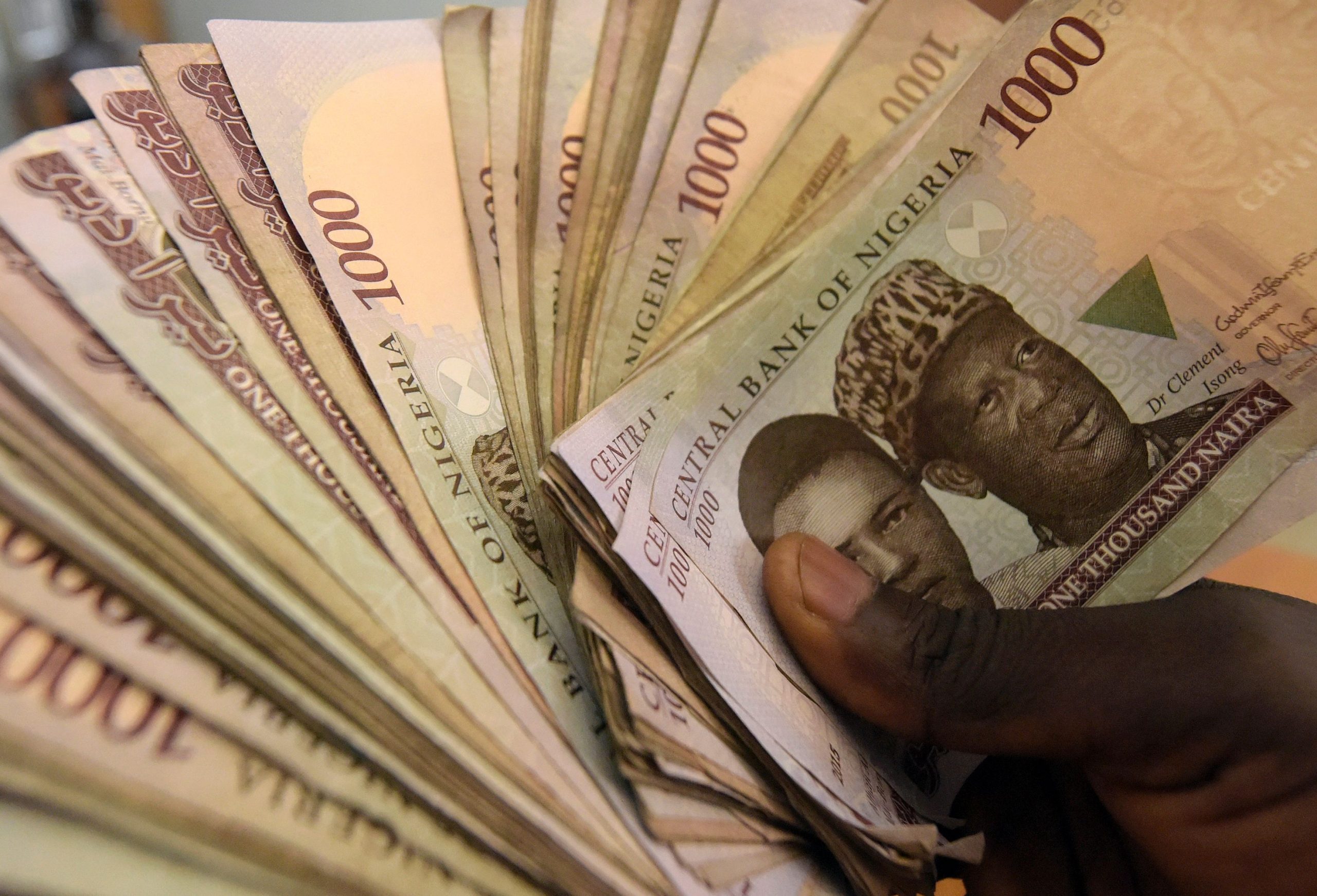Zimbabwe’s Central Bank Lifts Ban On Bank Lending Services
Three years after Zimbabwe reintroduced its currency, a decade after abandoning it for mainly the United States dollar, the local currency’s value has declined from about 2.5 to the US dollar in 2019 to 285 to the US dollar on the interbank market.
The Zimbabwean dollar trades even lower in black market at 400 to the US dollar, leading analysts to recommend the need to volte-face to the use of the US dollar.

The continued devaluation of the local currency is driving hyperinflation in Zimbabwe, rising to as high as 96.4% in April 2022 from 72.7% in March 2022. In a bid to manage the devaluing currency, Zimbabwe’s Central Bank placed a ban on bank loans on grounds of an ongoing investigation of people taking out Zimbabwe dollar bank loans to buy foreign currency on the black market.
However, barely a week after the ban, the apex bank has made a U-turn, sharing that only the organizations being investigated were disallowed to borrow from banks.
“We said [the lending freeze] was temporary. We have lived true to our word,” government spokesman Nick Mangwana said on Twitter.
Recall that Zimbabwe experienced a currency crisis due to hyperinflation back in 2008, leading prices to shoot up to 79.6 billion percent in November 2008 and 500 billion percent by the end of that year. The government introduced the 100-trillion-dollar Zimbabwean dollar note in 2008, but it was not enough to buy a loaf of bread. By 2009, Zimbabwe opted for the use of foreign currencies, including euro and the US dollar.



